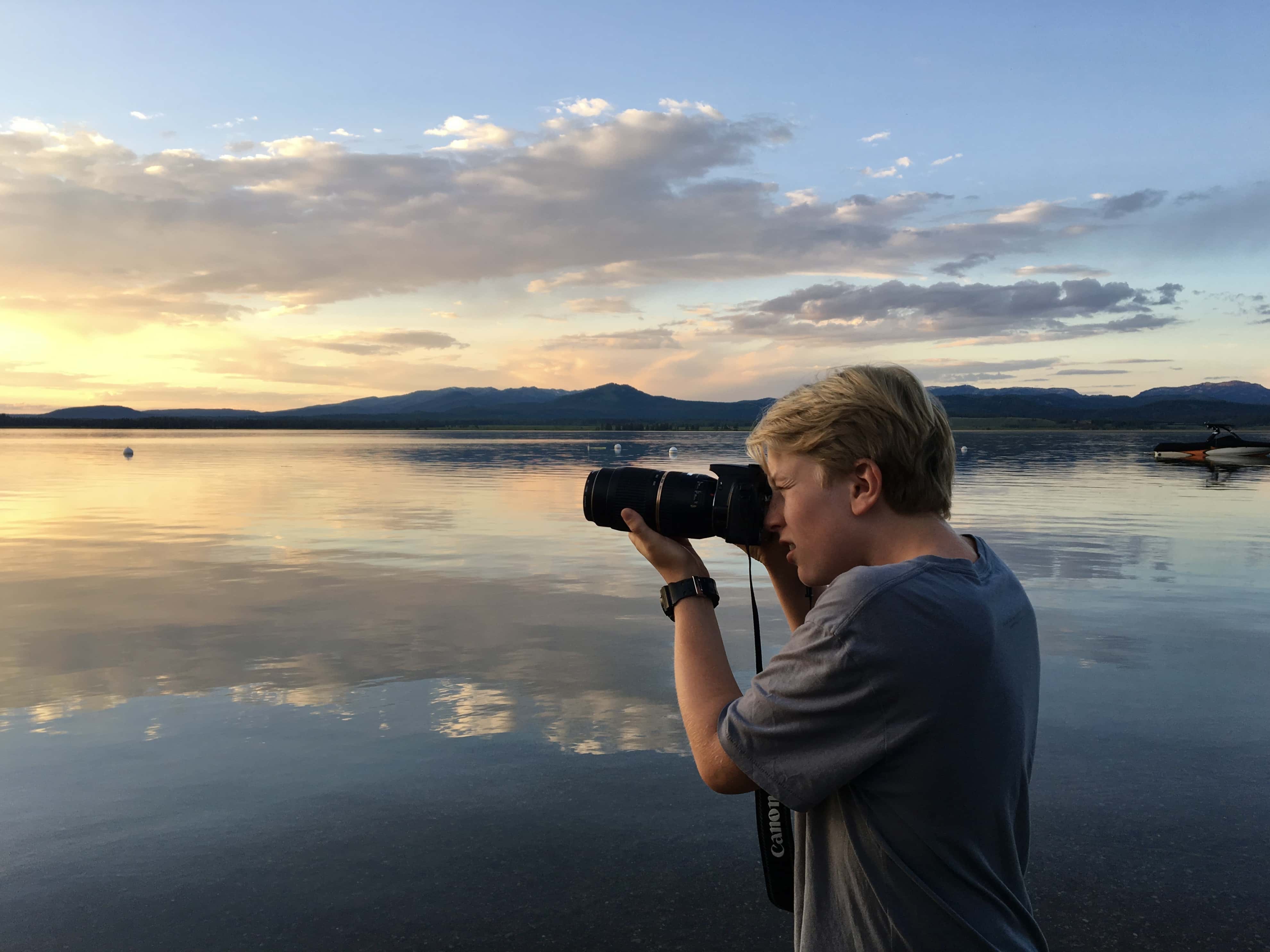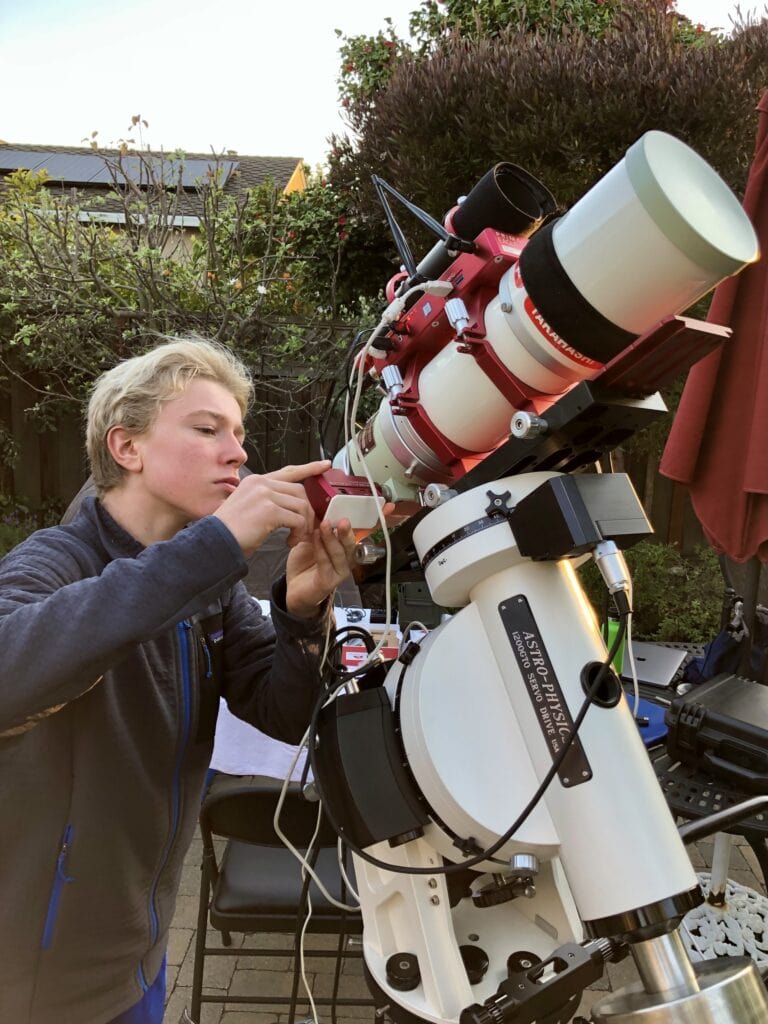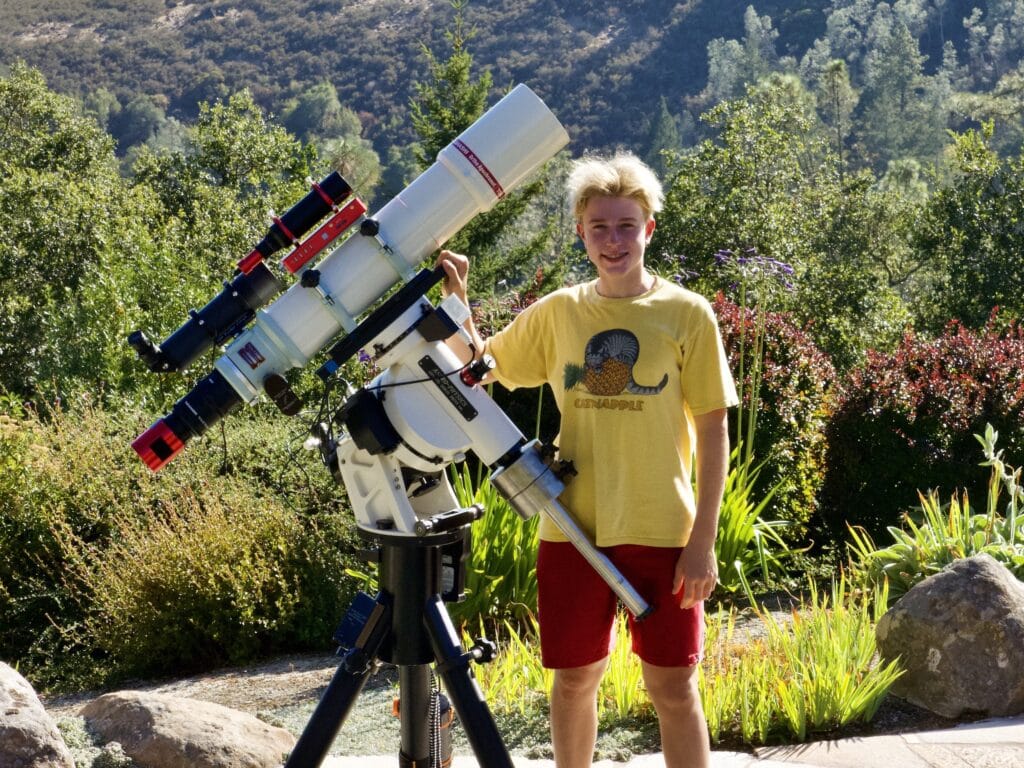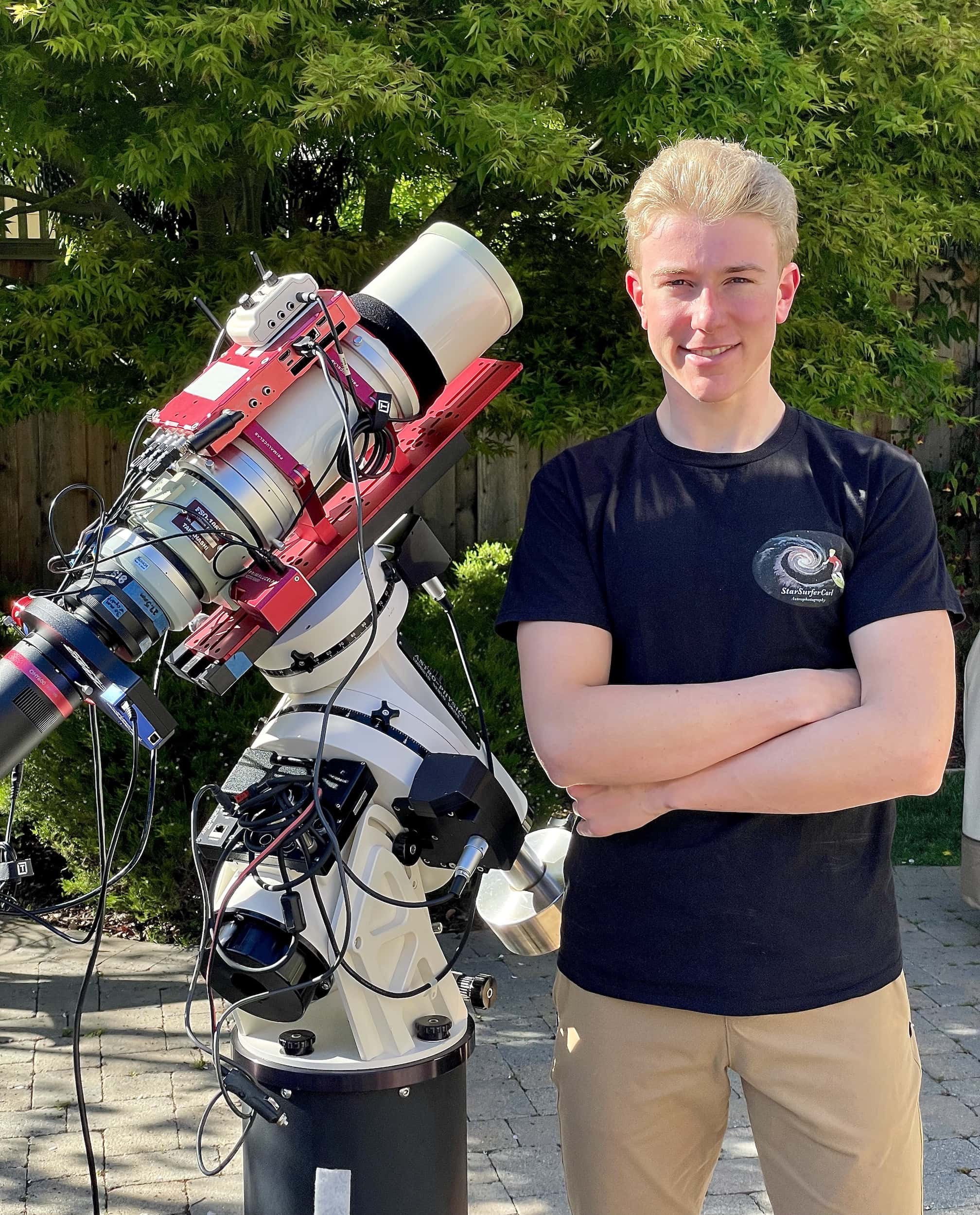“The cosmos is within us. We are made of star-stuff. We are a way for the universe to know itself.”
Carl Sagan
I am an astronomer by vocation, but a photographer at heart. Before turning my gaze to the heavens, I reveled in capturing the world around me, especially wildlife and landscapes. Fresh out of elementary school, equipped with an instruction manual, a pair of lenses, and my grandfather’s antiquated Canon Rebel XTI, I dove head-first into photography, relentlessly pursuing my craft in every setting and at every opportunity. When my junior high offered photography as an elective, I dragged my bulky camera bag to and from school, never missing an opportunity to impress my teacher with portraits of birds and flowers. On the weekends, I begged my parents to drive me to Best Buy, where I would toy for hours with the expensive cameras on display. And on family vacations to the beach or mountains, I packed my camera and wore it around my neck like a tacky tourist, documenting my adventures as earnestly as Captain Cooke. As my skills improved, photography evolved from a mere hobby to an outlet for creative expression, allowing me to explore the intricacies of society and nature from a uniquely personal perspective. My parents witnessed this transformation and avidly nurtured my passion, surprising me with new equipment on my birthdays and encouraging me to bring my camera to every sporting event, graduation, and road trip. Soon, my entire family even referred to me as the “photographer”, a title which (begrudgingly) came with the responsibility of organizing every family photo. Thus, what began as a simple interest flourished into a defining trait of my identity, which opened the door for astronomy.

A family vacation to Grand Teton National Park offered an exceptional opportunity for improving my novice photographic skills.
One autumn afternoon, I chanced upon my father’s dusty collection of astronomical equipment. Since his childhood, my father possessed an affinity for the stars, a passion which had ultimately led to an impressive accumulation of telescopes, tripods, and pelican cases. Intrigued by the mess, I urged him to set up his mount and reflector, and that night we marveled at planets and binary stars until the first rays of morning crept over the horizon. Yet as enjoyable as visual astronomy was, I soon craved to peer farther into the depths of space, to walk among Hubble’s gaseous clouds and grand spiral galaxies, and I had a hunch that photography could get me there.
That winter, we made two key investments: a Takahashi TOA-130 refractor, one of the finest amateur telescopes available, and a license for PixInsight, the premier astronomical editing software. Despite snapping a single crude image of the Orion Nebula the entire season, we were too star-struck to be discouraged by the endless slew of mechanical and software snags.
In the early days of the pandemic, there wasn’t much to do but tinker with my telescopes in the backyard.

Although the COVID-19 pandemic tragically interfered with billions of people’s livelihoods and hobbies, lockdown proved to be an astrophotographer’s dream. The closure of schools and offices freed countless hours, and we dedicated every waking (and sleeping) moment mastering our craft. Over the summer, we purchased a dedicated astro camera, religiously annotated Warren Keller’s Inside PixInsight, and tinkered with Sequence Generator Pro until everything–set up, imaging, and processing–became second-nature.

To escape Bay Area light pollution, we occasionally rented a house in Napa Valley. Pictured here is a property on top of Mount Saint Helena, at approximately 4,000 ft elevation.
The journey was no bed of roses: some nights, if we couldn’t polar align or find focus, I would furiously shut down the imaging system and question whether this hobby was worth the headache. But in those moments, I would look to my father, then up at the shimmering stars, and recall why I loved the challenge of capturing the cosmos. Thus, through patience, grit, and countless late nights, we finally yielded our first fruits: the Hercules Cluster, Pillars of Creation, and Needle Galaxy, all as vivid as their Hubble counterparts. Since then, my love for the hobby has only grown, but whenever I’m fixing my gear or editing my photos, my mind turns back to those first nights beneath the stars and brings a smile to my lips.

